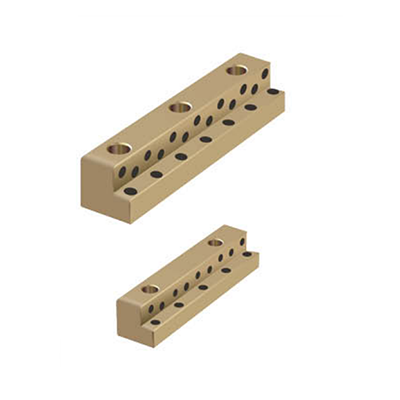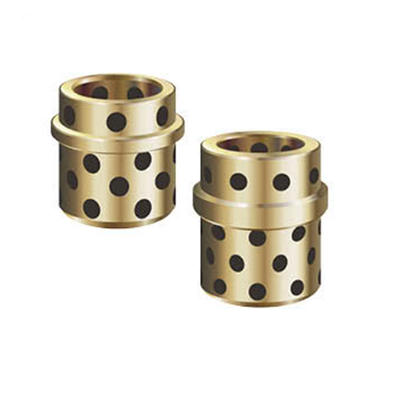In the ever-evolving world of mechanical engineering and industrial applications, the search for materials and components that can optimize performance, reduce friction, and ensure durability is relentless. Among the myriad of solutions available, one particular innovation stands out: Composite Bearings. But what makes these bearings so special, and could they indeed be the future of friction reduction?
Composite Bearings are designed to combine the best attributes of various materials into a single, cohesive unit. Unlike traditional metallic bearings, which may be prone to wear and tear over time, composite bearings offer a blend of materials that can significantly extend service life and improve operational efficiency. These bearings typically consist of a reinforced polymer matrix, often infused with fibers like glass, carbon, or aramid, to enhance their strength and stiffness while maintaining lightweight properties.
One of the primary advantages of Composite Bearings lies in their exceptional friction-reducing capabilities. The unique material composition allows for smoother interactions between moving parts, minimizing energy loss and heat generation. This not only boosts the overall efficiency of the machinery but also contributes to lower maintenance costs, as components wear out less frequently. In industries where precision and reliability are paramount, such as aerospace, automotive, and precision machinery, the adoption of Composite Bearings can be a game-changer.
Moreover, the versatility of composite materials means that these bearings can be tailored to meet specific application requirements. Whether it's resistance to corrosive environments, tolerance to high temperatures, or the need for quiet operation, Composite Bearings can be engineered to excel in diverse conditions. This customization capability makes them an ideal choice for a wide range of applications, from heavy-duty construction equipment to delicate medical devices.
Environmental considerations are also playing an increasingly significant role in material selection. Composite Bearings often boast lower environmental impact compared to their metallic counterparts. They can be designed to be fully recyclable, reducing waste and contributing to a more sustainable manufacturing process. Additionally, the reduced friction and energy consumption associated with their use can lead to lower carbon emissions, aligning with the global shift towards greener technologies.
But the benefits of Composite Bearings extend beyond technical specifications and environmental impact. Their lightweight nature can lead to cost savings in transportation and installation, while the ease of fabrication can simplify the production process. Furthermore, the inherent damping properties of composite materials can help reduce noise and vibration, enhancing operator comfort and safety in various industrial settings.
As industries continue to push the boundaries of innovation, the role of Composite Bearings in revolutionizing mechanical systems becomes more evident. From reducing friction and wear to enhancing performance and sustainability, these advanced bearings are setting new standards in engineering excellence. As researchers and manufacturers explore new material combinations and design methodologies, the potential for Composite Bearings to transform industries seems limitless.

 English
English Español
Español



